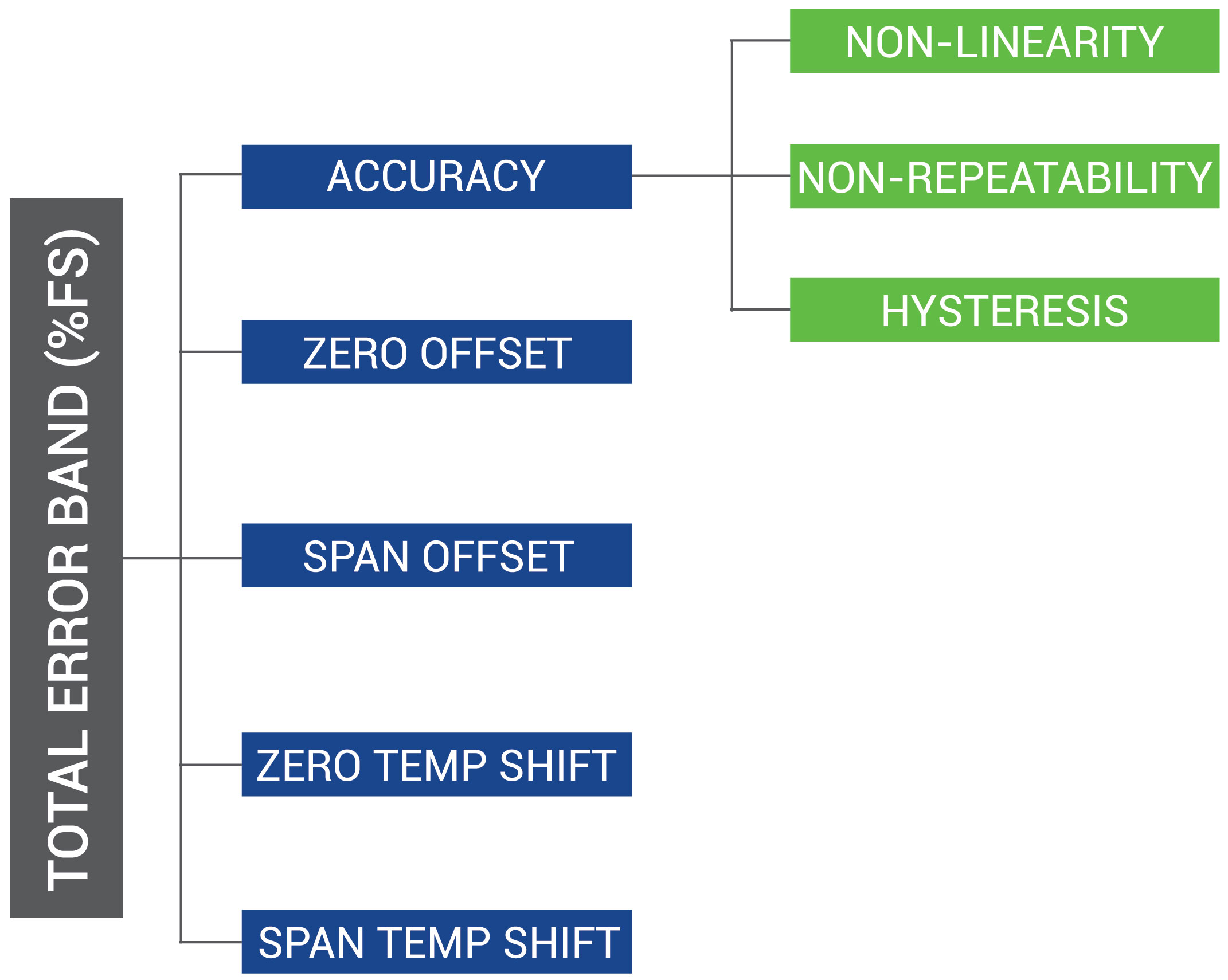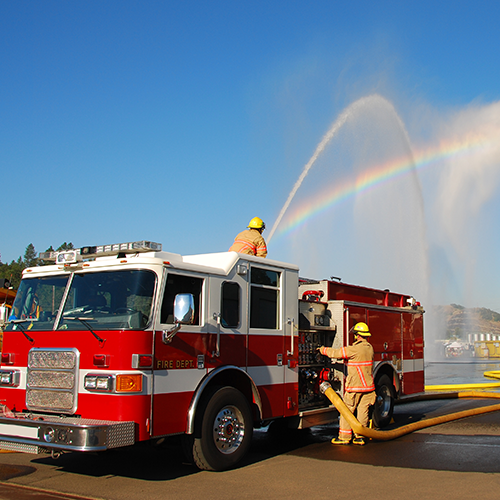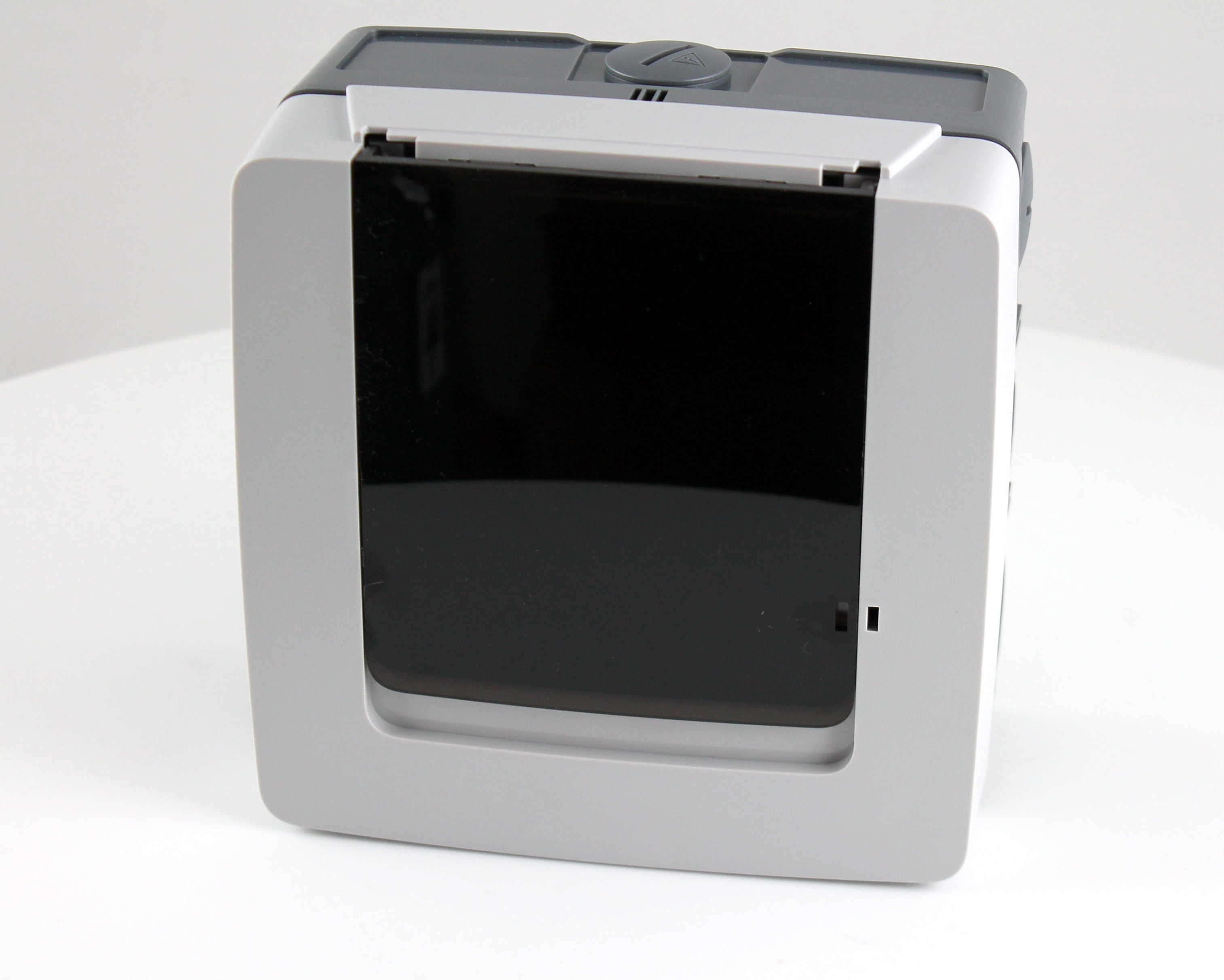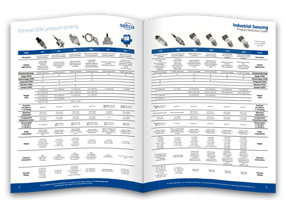Setra's CEMS™ offering is an environmental monitoring solution that offers adaptive system of hardware and web-based software providing access to environmental data in real-time. Setra's proprietary CEMS software accepts flexible data inputs and integrates analog and digital hardware, providing a 24/7 centralized monitoring solution with user-friendly data visualizations. With CEMS software, users not only monitor environmental data but also visualize trends and issue alarms, demonstrating patterns in data to influence strategic actions.
Setra Blog
Meghan Kelley
Recent Posts
When designing a new system or device, there are enough problems to solve without worrying about the reliability of pressure transducers. Choosing a sensor with a low total error band can make designing the system easier.
Recently, Setra hosted a webinar around protecting isolation rooms during the coronavirus pandemic. The speaker was a member of our sales team who is Setra's Critical Environments specialist. Below are answers to the questions asked throughout the webinar.
Maintaining correct room pressure and airflow is essential in hospitals. Improper room pressurization risks a hospital's accreditation from the Joint Commission as well as jeopardizes the health of patients and staff.
Before delving into the importance of granular data for power metering, it is essential to understand why a submeter is used. Submetering provides the ability to monitor the actual energy usage of individual tenants, departments, or pieces of equipment in real time. It allows for measuring electricity on a more granular level than the building's main utility meter. With submetering, the user can determine system efficiency and identify equipment problems, thereby better understanding trends and energy usage. This is useful for:
Although hot-wire anemometers are widely used throughout hospitals, such technology is deceptively costly. Anemometers must be frequently cleaned to remain accurate, and if not maintained, they waste massive amounts of energy.
The outbreak of an infectious disease can be overwhelming if a hospital is not prepared. Hospitals employ a variety of strategies to prevent the spread of such illnesses. One of the most prevalent approaches is to treat these patients in isolation rooms. For those working in and around isolation rooms, their safety depends on proper control of the differential pressure of the room. As the coronavirus becomes ever more a pressing concern, it is critical for hospitals and staff to take the right precautions for keeping isolation rooms safe.
Challenging applications like off-highway and specialty vehicles require dependable pressure transducers with the ability to survive a potentially extreme range of environmental and performance requirements including high overpressure conditions, wide operating temperature ranges, and wide humidity and moisture situations. Specialty vehicles can include:
Successful energy management relies on detailed energy usage information gathered from power monitoring equipment installed in the building. Setra's latest innovation in submetering is our new Networked Multi-Load Power Meter.
In critical environments handling dangerous viruses and materials, it is crucial to maintain HVAC integrity. This particular facility, a BSL-4 high containment lab, is looking for a solution to routinely calibrate their sensors. The containment rooms in this lab have concrete walls eighteen inches thick where they test dangerous strains in positive pressure containment suits tethered by dedicated airflow tubes.
Subscribe to Our Blog!
Topics
- Critical Environments (182)
- HVAC/R (179)
- General Industrial (153)
- Building Automation (134)
- General Industrial OEM (92)
- Energy Management (85)
- Test and Measurement (66)
- HVAC/R OEM (58)
- Barometric (44)
- Alternative Fuels (42)
- Medical (40)
- Process/Mfg Tank Level (40)
- Water and Wastewater (39)
- OHV (38)
- Oil and Gas (35)
- Industrial Vacuum (29)
- Calibration (25)
- Semiconductor (25)
- Particle Counting (18)
- Cleanroom Monitoring (17)
- Room Pressure Monitoring (16)
- Trade Show (12)
- cleanroom environment (12)
- Scales (11)
- Environmental Monitoring (10)
- Power Monitoring (10)
- Healthcare (9)
- Power Meters (9)
- Software (9)
- cleanroom monitoring systems (9)
- Case Study (8)
- critical environment technologies (8)
- Humidity (7)
- data centers (7)
- particle counter (6)
- pressure transducers (6)
- LITE room pressure monitor (5)
- hardware and software cleanroom monitoring systems (5)
- setra lite (5)
- Compliance (3)
- Video (3)
- hospital spaces (3)
- FAQ & Troubleshooting (2)
- Monitoring Compounding Pharmacies (2)
- Semiconductor Manufacturing (2)
- agencies that monitor pharmacies (2)
- energy (2)
- hvac (2)
- laboratories (2)
- monitor compound pharmacy (2)
- protected environment (2)
- regulatory compliance (2)
- setra lite features (2)
- usp 797 (2)
- Current Sensors and Transducers (1)
- Current Transformers (1)
- Pressure (1)
- aerospace cleanrooms (1)
- cems (1)
- digital transformation (1)
- ipv6 multicast (1)
- ipv6 multicast address (1)
- ipv6 multicast address range (1)
- isolation room pressure monitoring (1)
- multicast address ipv6 (1)
- multicast ipv6 (1)
- operating room (1)
- pharma 4.0 (1)
- pressure sensor (1)
- pressure transducer companies (1)
- semi conductor (1)
- sensors and transducers (1)
- setra pressure transducers (1)
- submetering (1)
- sustainability (1)
- temperature monitor (1)
- temperature monitoring for pharmacies (1)
- transducers (1)
- usp 800 (1)
- water (1)
- what does hvac stand for (1)
- what is a transducer (1)
- what is hvac (1)









